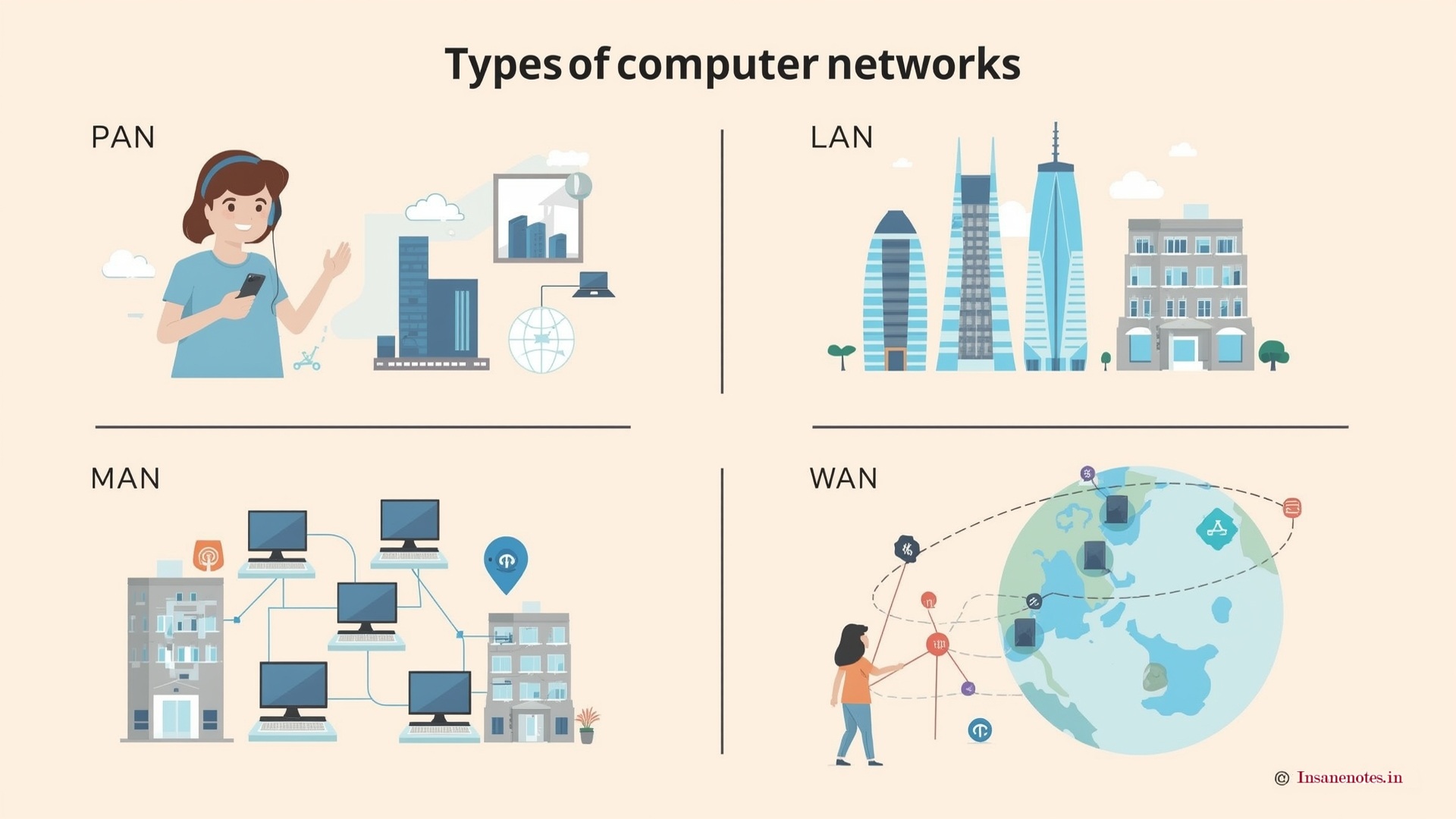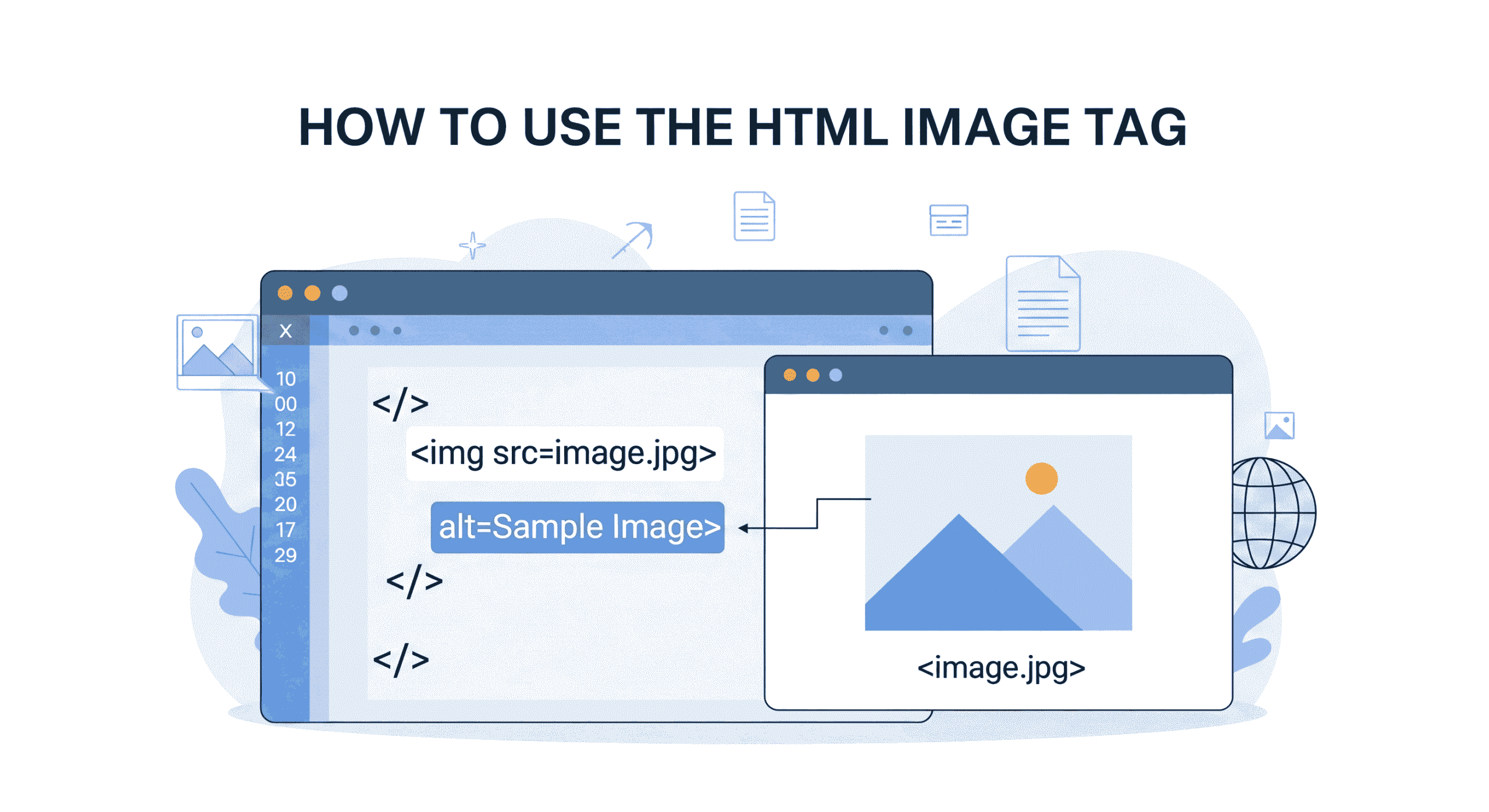What is HTML? Full Form Definition & Uses in Web Design 2025
What is HTML? Full Form & Definition
Full Form: HTML stands for HyperText Markup Language.
Definition: HTML is the standard markup language used to create and structure content on the web. It uses a system of tags and attributes to define elements like headings, paragraphs, images, links, and forms, which browsers interpret to display visually engaging and interactive web pages.
Unlike programming languages such as Python or JavaScript, HTML is a declarative language focused on organizing content rather than executing logic. It works alongside CSS and boostrap (for styling) and JavaScript (for interactivity) to build modern websites.
What is HTML? Full Form Definition & Uses in Web Design 2025
The Evolution of HTML: From Past to 2025

Since its inception in 1993, HTML has undergone significant updates. The latest major version, HTML5, introduced in 2014, revolutionized web design with native support for multimedia, semantic elements, and APIs for complex applications. By 2025, HTML5 remains dominant, but its ecosystem has expanded:
- Enhanced APIs: Modern HTML5 ecosystems now combine advanced APIs with cutting-edge technologies like WebAssembly (for high-performance code execution), WebGPU (enabling GPU-accelerated graphics), and AI-powered development tools that streamline coding workflows.
- Semantic Web 3.0: HTML plays a key role in structuring data for machine readability.
- AR/VR Integration: HTML supports immersive experiences through frameworks like A-Frame and WebXR.
Key Features of HTML in 2025
- Semantic Elements: HTML5’s semantic tags, such as
, , , and , enhance website structure by clearly defining content sections. This improves search engine visibility (SEO) and ensures accessibility for users with disabilities, as screen readers can interpret the layout more effectively - Native Multimedia: HTML5 introduced native multimedia elements like
<video>,<audio>, and<canvas>, allowing developers to embed media content directly into web pages. These tags eliminate the need for third-party plugins, enabling seamless integration of videos, audio clips, and interactive animations while improving cross-browser compatibility. - Offline Capabilities: Service Workers and caching APIs power Progressive Web Apps (PWAs).
- Accessibility: ARIA (Accessible Rich Internet Applications) roles ensure inclusivity.
- Cross-Platform Compatibility: Responsive design principles are baked into HTML’s structure.
Uses of HTML in Modern Web Design (2025)

- Semantic Web Structure
HTML organizes content hierarchically, helping search engines understand context. In 2025, semantic markup is critical for AI-driven search algorithms and voice assistants. - Responsive & Adaptive Design
Paired with CSS frameworks like Flexbox and Grid, HTML ensures websites adapt seamlessly to devices—from foldable phones to 8K screens. - Web Components
Custom HTML elements (e.g.,<my-cart>) enable reusable, modular design, speeding up development in frameworks like Lit or Stencil. - AI-Generated Content
Tools like ChatGPT-5 and AI design assistants auto-generate HTML code, streamlining prototyping. - Immersive Experiences
HTML integrates with WebXR for AR/VR applications, creating interactive 3D environments directly in browsers. - Progressive Web Apps (PWAs)
HTML’s offline-first capabilities allow apps to function without internet, ideal for emerging markets. - SEO & Accessibility
Proper HTML markup boosts search rankings and ensures compliance with WCAG 3.0 standards.
Best Practices for HTML in 2025
- Use Semantic Tags: Replace
<div>spam with meaningful elements like<section>or<aside>. - Leverage Modern APIs: Explore Web Components, Web Share API, and Payment Request API.
- Prioritize Accessibility: Add
alttext, ARIA labels, and keyboard navigation support. - Optimize Performance: Minimize DOM complexity and lazy-load media.
- Stay Updated: Follow W3C guidelines and emerging trends like AI-augmented coding.
Conclusion
HTML remains the cornerstone of web design, even in 2025. Its simplicity, flexibility, and continuous evolution make it indispensable for creating user-centric, future-ready websites. Whether you’re coding from scratch or using AI tools, mastering HTML ensures you stay ahead in the dynamic world of web development. Ready to build the next-gen web? Start with HTML!
What is HTML? Full Form Definition & Uses in Web Design 2025



